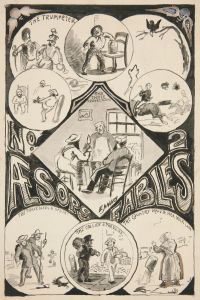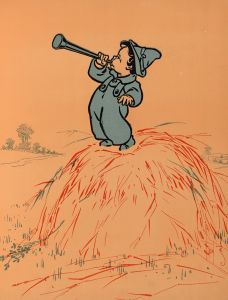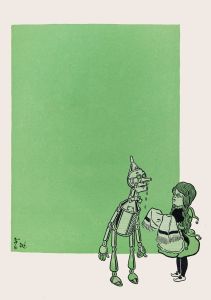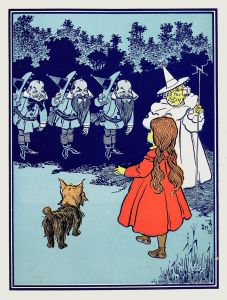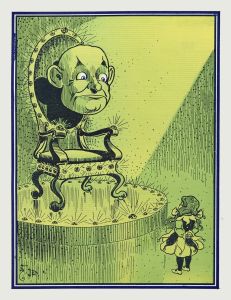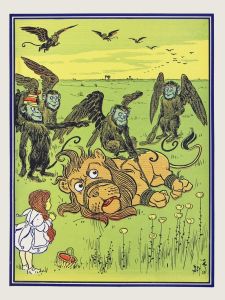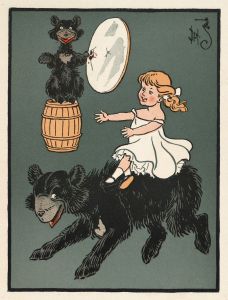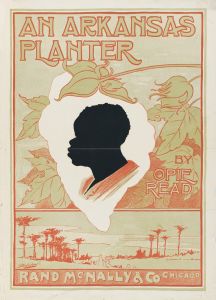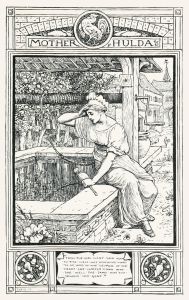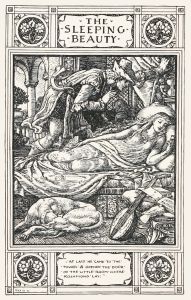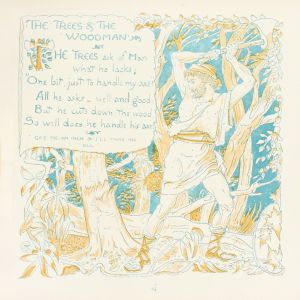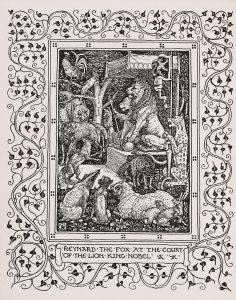
Denslow’s Three bears
A hand-painted replica of William Wallace Denslow’s masterpiece Denslow’s Three bears, meticulously crafted by professional artists to capture the true essence of the original. Each piece is created with museum-quality canvas and rare mineral pigments, carefully painted by experienced artists with delicate brushstrokes and rich, layered colors to perfectly recreate the texture of the original artwork. Unlike machine-printed reproductions, this hand-painted version brings the painting to life, infused with the artist’s emotions and skill in every stroke. Whether for personal collection or home decoration, it instantly elevates the artistic atmosphere of any space.
William Wallace Denslow’s illustration of "The Three Bears" is a notable work by the American illustrator and caricaturist, best known for his contributions to children's literature in the late 19th and early 20th centuries. This particular illustration is part of Denslow's adaptation of the classic fairy tale "Goldilocks and the Three Bears," which he included in his series of picture books published in the early 1900s. The series, titled Denslow’s Picture Books for Children, featured his distinctive artistic style and aimed to present well-known stories in a visually engaging format for young readers.
Denslow’s version of "The Three Bears" reflects his characteristic use of bold lines, vibrant colors, and simplified forms, which were hallmarks of his work. These elements made his illustrations highly accessible and appealing to children. His artistic approach was influenced by the Art Nouveau movement, which emphasized decorative and stylized designs. The illustrations in "The Three Bears" exemplify this influence, with their clean composition and attention to detail.
The story of "Goldilocks and the Three Bears" itself is a traditional English fairy tale that dates back to the 19th century. It tells the tale of a young girl, Goldilocks, who enters the home of three bears, sampling their porridge, chairs, and beds before being discovered and fleeing. Denslow’s adaptation of the story likely followed the standard narrative, though his illustrations added a unique visual interpretation that set his work apart from other versions of the tale.
Denslow’s contributions to children's literature extended beyond "The Three Bears." He is perhaps best remembered for his collaboration with author L. Frank Baum on The Wonderful Wizard of Oz (1900), for which he provided the original illustrations. However, his partnership with Baum ended shortly after the book’s publication, and Denslow went on to produce his own series of illustrated books, including Denslow’s Mother Goose and other adaptations of classic tales.
While Denslow’s work was widely celebrated during his lifetime, his career declined in later years, and he eventually faded from public prominence. Nevertheless, his illustrations remain an important part of the history of children’s literature, and his adaptation of "The Three Bears" continues to be appreciated for its artistic merit and historical significance.
No further specific details about the individual illustration of "The Three Bears" by Denslow are readily available.





